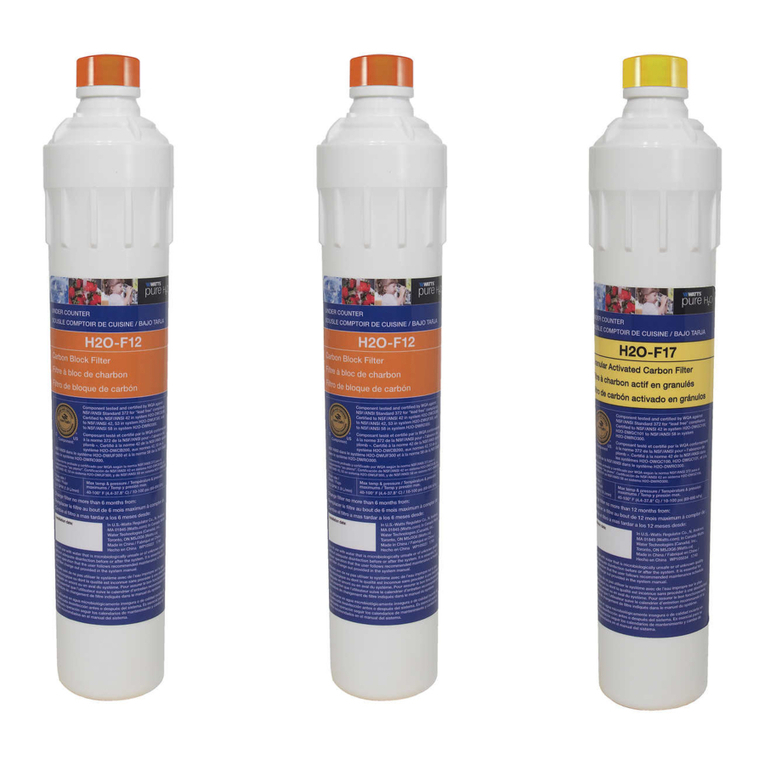
————————————————————
SODA FLOW RATE ADJUSTMENT & UNIT
CLEANING
————————————————————
The Soda flow rate is factory set to
dispense at 30 ml per second at a
gas pressure of 2.7BarG. However, if an
alternative flow rate is required follow the
steps below:
1. Locate the flow adjuster screw on the
side of the unit.
2. To increase the flow rate turn the
screw anti-clockwise.
3. To reduce flow rate turn the screw
clockwise.
4. Adjustments can be made with either
a large flat head screw driver or with a
6mm Alan Key.
5. It is recommended to make
incremental changes of no more
than a 1/8th of a turn at a time until
desired flow rate is achieved.
————————————————————
GENERAL CLEANING – OUTER CASING
————————————————————
Important: It is recommended that the
procedure should be performed at least
every 6 months.
Condenser
At regular intervals, determined by local
environmental conditions, the condenser
should be thoroughly cleaned with a
small stiff brush and/or a vacuum cleaner.
Do not use screwdrivers or other sharp
implements which may puncture the
tubes and damage the fins.
Warning: Failure to clean the condenser
can shorten the life of the compressor
causing premature failure of the unit.
Outer Panels
Clean the outside panels, pay particular
attention to the edges of the panels
where spillage could have ingressed
and the area around the base of the
unit. If necessary, remove the unit and
thoroughly clean around the base and
floor.
Sanitisation
Important: It is recommended that the
procedure is performed during initial
installation and at least every year at time
of service.
————————————————————
PREPARE THE UNIT
————————————————————
For this procedure you will need a
Pureh2o3 sterilisation system from The
Pureh2o Company.
1. Disconnect the power supply to the
chiller unit.
2. solate the water inlet to the chiller unit,
disconnect and insert into the ‘feed
in’ port on the Pureh2o3 sterilisation
system.
3. Connect the outlet of the Pureh2o3
system back into the chiller.
To sterilize the internal pipe work.
1. Activate the chilled water flow at the
tap.
2. Apply power to the Pureh2o3 system.
3. Allow chilled water to flow for 30
seconds.
4. Stop the chilled water flow.
5. Immediately disconnect the power to
the Pureh2o3 system.
6. Wait for 5 minutes then repeat the
process.
The O3 (ozone) emitted in this procedure
will effectively sterilise the internal pipe
work without the need for chemicals.
Recommission the Unit
Reverse steps 1 – 3, and allow the unit to
complete a cooling cycle.
FLOW ADJUSTMENT AND CLEANING




























